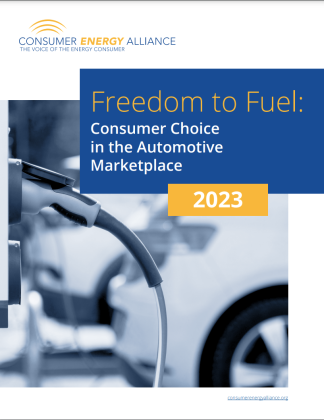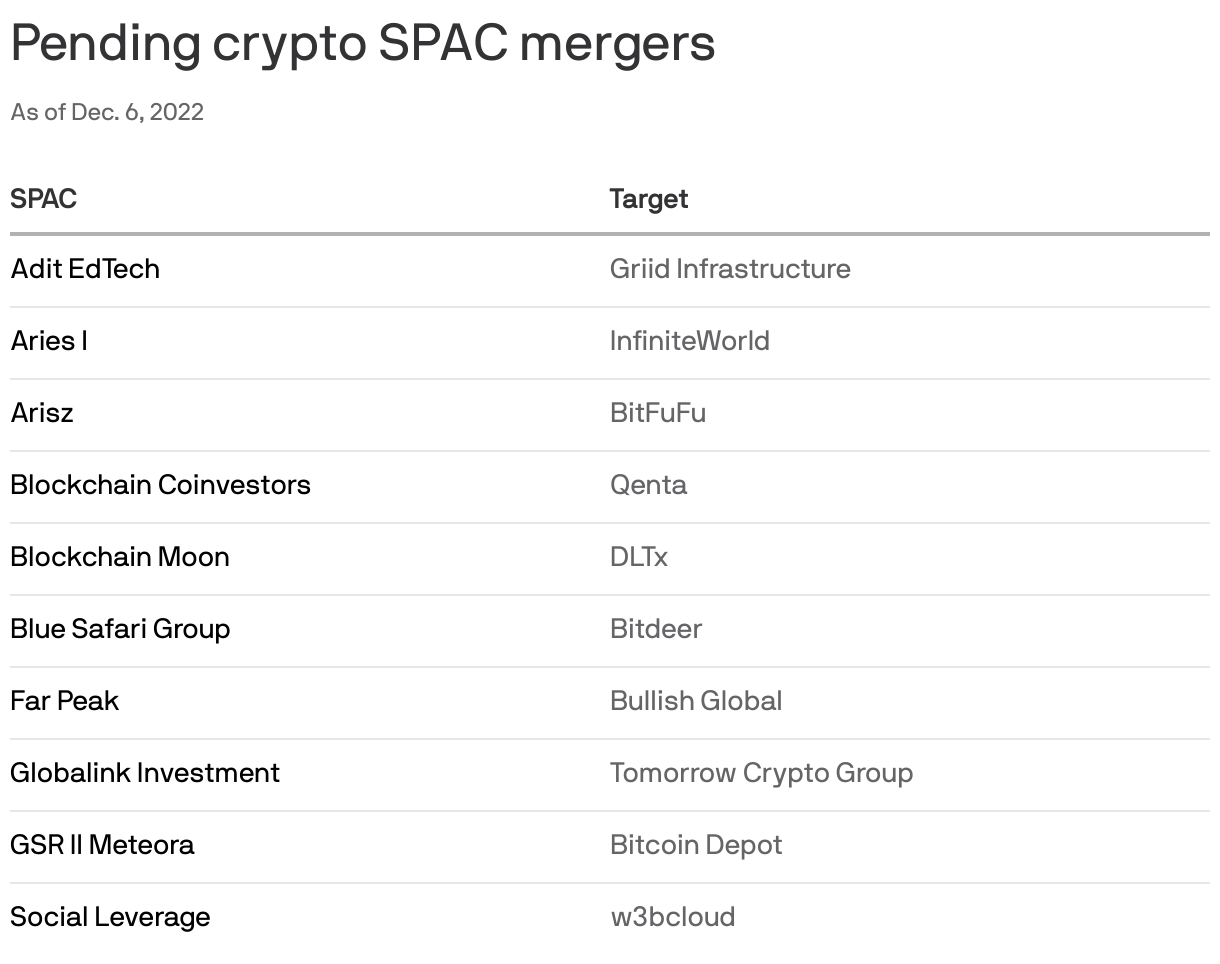Increased Resistance To EV Mandates From Car Dealerships

Table of Contents
Financial Hurdles and Infrastructure Limitations
The transition to selling and servicing EVs requires a significant financial investment from dealerships. Adapting to this new technology is not simply a matter of adding a few new models to the showroom floor; it necessitates a complete overhaul of infrastructure and employee training. The lack of sufficient charging infrastructure presents a major obstacle to dealerships' operational capabilities.
- High costs of installing EV charging stations: The initial investment in high-powered charging stations can be substantial, requiring significant upfront capital expenditure that many dealerships may struggle to afford.
- Need for specialized training for mechanics and sales staff: EVs require specialized knowledge for both repair and sales. Training staff on the intricacies of EV technology, battery maintenance, and charging systems adds another layer of expense and time commitment.
- Uncertainty about return on investment for EV infrastructure: Dealerships face uncertainty regarding the return on investment (ROI) for EV infrastructure. The speed of EV adoption remains unpredictable, making it difficult to justify the high upfront costs.
- Geographic limitations on charging station placement: Installing charging stations may be constrained by geographical factors, such as land availability and grid capacity, particularly in rural areas.
- Limited consumer awareness and adoption of EVs: Low consumer demand for EVs in certain regions can further impede the ROI on EV infrastructure investments.
Consumer Demand and Market Readiness
While government mandates aim to accelerate EV adoption, current consumer demand often lags behind these ambitious targets. Bridging this gap poses significant challenges for dealerships. Many consumers remain hesitant to switch to EVs due to several factors.
- Range anxiety and charging time concerns: The limited range of some EVs and the comparatively longer charging times compared to refueling gasoline cars create anxiety among potential buyers.
- Higher initial purchase prices of EVs compared to gasoline cars: The higher upfront cost of EVs remains a significant barrier to entry for many consumers, particularly those on tighter budgets.
- Lack of readily available EV models to meet diverse consumer needs: The current range of EV models may not cater to all consumer needs, particularly those requiring larger vehicles or higher towing capacities.
- Limited understanding of EV technology and maintenance: Many consumers lack a comprehensive understanding of EV technology, maintenance requirements, and battery lifespan, leading to hesitancy and uncertainty.
Supply Chain Disruptions and Inventory Management
The ongoing global supply chain disruptions further exacerbate the difficulties faced by dealerships in transitioning to EVs. The availability of EVs and their crucial components remains unpredictable, impacting inventory management strategies.
- Challenges in sourcing EV batteries and components: The production of EV batteries and other key components is often constrained by supply chain bottlenecks, leading to delays and shortages.
- Increased lead times for EV orders and repairs: Supply chain disruptions can significantly increase lead times for both new EV orders and repair parts, impacting customer satisfaction and dealership efficiency.
- Difficulty in forecasting EV demand accurately: The fluctuating availability of EVs makes accurate demand forecasting challenging, leading to potential overstocking or shortages.
- Need for specialized logistics to handle EV shipments: Transporting EVs and their sensitive components requires specialized logistics and handling to avoid damage.
The Role of Government Support and Incentives
Government intervention plays a crucial role in smoothing the transition for dealerships. Targeted support and incentives can significantly mitigate the financial burdens and encourage investment in EV infrastructure.
- Government grants for EV charging station installation: Substantial grants can reduce the upfront costs associated with installing charging infrastructure.
- Tax credits for dealerships investing in EV infrastructure: Tax credits can incentivize dealerships to invest in EV-related infrastructure, making it more financially attractive.
- Training programs for EV technicians and sales staff: Government-funded training programs can ensure dealerships have the skilled workforce needed to handle EV sales and servicing.
- Public awareness campaigns to increase consumer demand: Government-led campaigns can address consumer concerns and increase overall demand for EVs.
Long-Term Implications and Potential Solutions
The resistance to EV mandates carries significant long-term consequences. A failure to address the concerns of dealerships could impede the overall goal of reducing carbon emissions and transitioning to a sustainable transportation system.
- Impact on the overall goal of reducing carbon emissions: Delayed EV adoption can hinder efforts to reduce greenhouse gas emissions and combat climate change.
- Potential job losses in the automotive industry: A poorly managed transition could lead to job losses in the automotive sector as dealerships struggle to adapt.
- Importance of phased implementation of EV mandates: A phased approach to implementing EV mandates would allow dealerships to adapt gradually and manage the transition more effectively.
- Need for transparent communication between government and dealerships: Open and transparent communication between government agencies and dealerships is crucial to address concerns and find mutually beneficial solutions.
Navigating the Challenges of Increased Resistance to EV Mandates
In conclusion, the increased resistance to EV mandates from car dealerships stems from a complex interplay of financial hurdles, infrastructure limitations, consumer readiness, and supply chain disruptions. Addressing these challenges requires a collaborative effort between governments and dealerships. By implementing targeted incentives, providing adequate support, and fostering open communication, we can work towards reducing resistance to EV mandates and overcome the challenges of implementing these crucial policies. Finding collaborative solutions for EV mandate implementation is paramount to ensuring a smooth and successful transition to a cleaner, more electric future. Let's work together to reduce resistance to EV mandates and build a sustainable transportation system.

Featured Posts
-
 Is Google Fis 35 Unlimited Plan Right For You A Detailed Review
Apr 24, 2025
Is Google Fis 35 Unlimited Plan Right For You A Detailed Review
Apr 24, 2025 -
 Tesla Q1 Earnings Net Income Plunge Highlights Political Headwinds
Apr 24, 2025
Tesla Q1 Earnings Net Income Plunge Highlights Political Headwinds
Apr 24, 2025 -
 Future Of Utac Chinese Buyout Firms Sale Consideration
Apr 24, 2025
Future Of Utac Chinese Buyout Firms Sale Consideration
Apr 24, 2025 -
 Cantor In Advanced Talks For Massive 3 Billion Crypto Spac
Apr 24, 2025
Cantor In Advanced Talks For Massive 3 Billion Crypto Spac
Apr 24, 2025 -
 Niftys Ascent Examining The Tailwinds Driving Indias Market
Apr 24, 2025
Niftys Ascent Examining The Tailwinds Driving Indias Market
Apr 24, 2025
